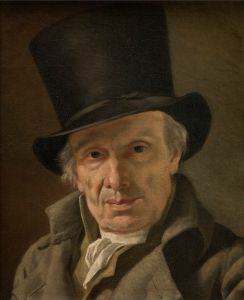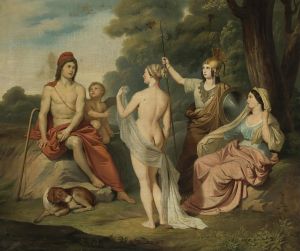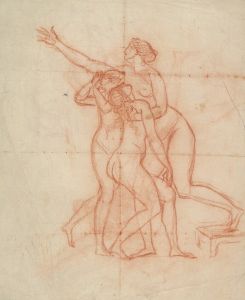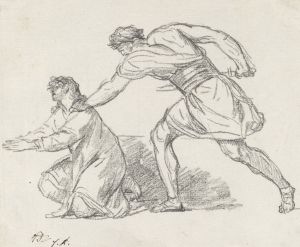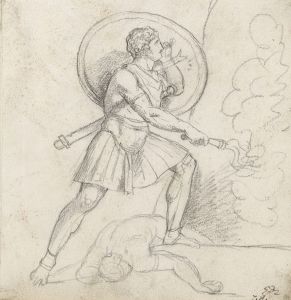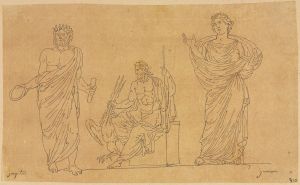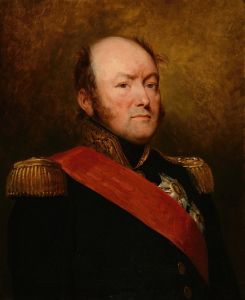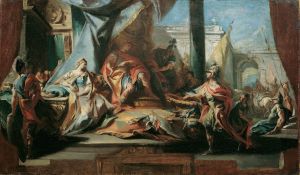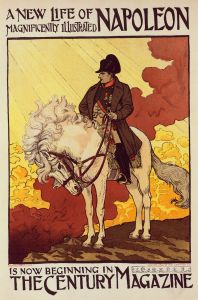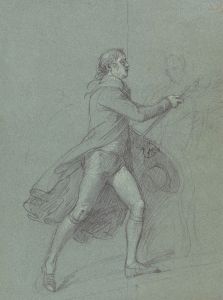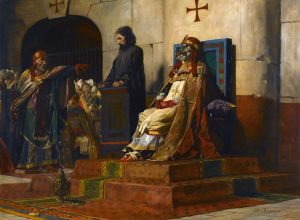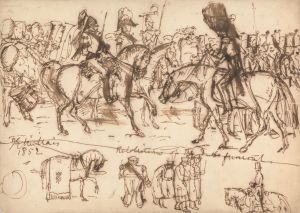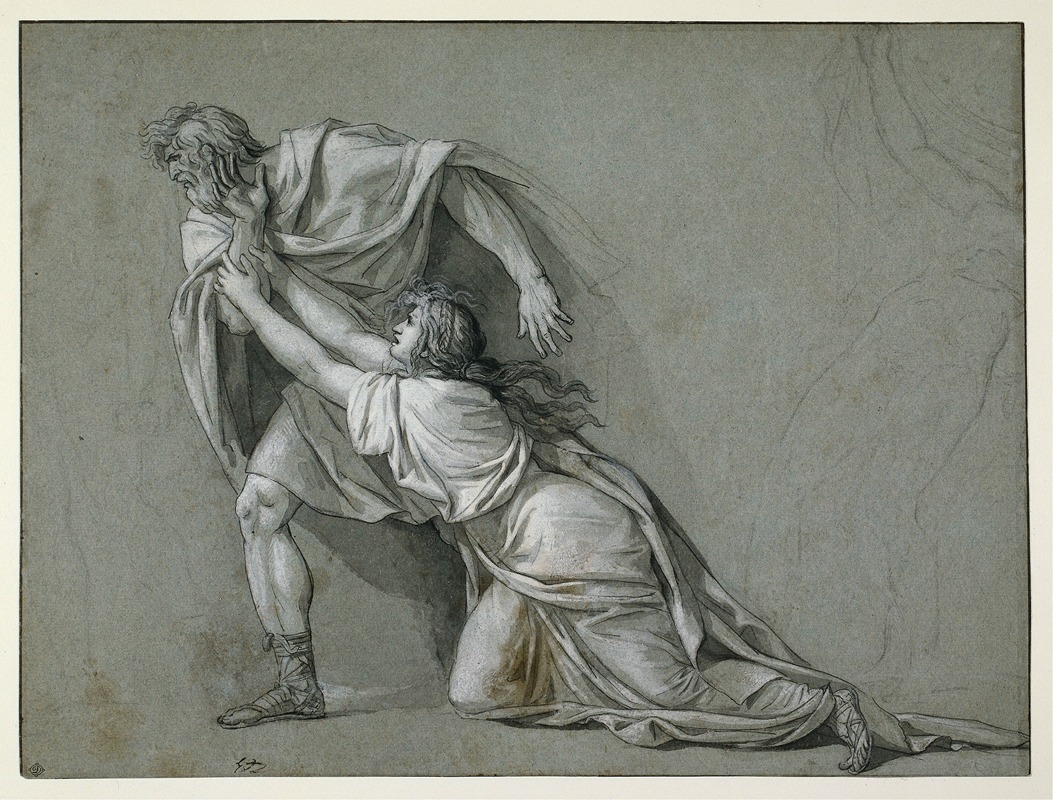
The Departure of Marcus Attilius Regulus for Carthage
A hand-painted replica of Jacques Louis David’s masterpiece The Departure of Marcus Attilius Regulus for Carthage, meticulously crafted by professional artists to capture the true essence of the original. Each piece is created with museum-quality canvas and rare mineral pigments, carefully painted by experienced artists with delicate brushstrokes and rich, layered colors to perfectly recreate the texture of the original artwork. Unlike machine-printed reproductions, this hand-painted version brings the painting to life, infused with the artist’s emotions and skill in every stroke. Whether for personal collection or home decoration, it instantly elevates the artistic atmosphere of any space.
"The Departure of Marcus Attilius Regulus for Carthage" is a painting by the renowned French artist Jacques-Louis David, created in 1791. David was a leading figure in the Neoclassical movement, which sought to revive the classical art and culture of ancient Greece and Rome. This painting is a testament to his dedication to classical themes and his skill in portraying historical narratives with dramatic intensity.
The painting depicts a scene from the life of Marcus Atilius Regulus, a Roman general and statesman who lived during the 3rd century BCE. Regulus is best known for his role in the First Punic War between Rome and Carthage. According to historical accounts, after being captured by the Carthaginians, Regulus was sent back to Rome to negotiate a peace treaty or an exchange of prisoners, under the condition that he would return to Carthage if the negotiations failed. Upon his return to Rome, Regulus, demonstrating his unwavering sense of duty and honor, advised the Roman Senate to reject the Carthaginian terms. True to his word, he returned to Carthage, where he ultimately faced torture and death.
David's painting captures the moment of Regulus's departure from Rome, emphasizing the themes of sacrifice, honor, and patriotism. The composition is carefully structured to highlight Regulus as the central figure, surrounded by his grieving family and Roman citizens. His stoic expression and resolute posture convey his determination and commitment to his principles, even in the face of certain death.
The use of light and shadow in the painting enhances the emotional impact of the scene. David employs a dramatic chiaroscuro technique, which was characteristic of his style, to draw attention to Regulus and create a sense of depth and volume. The figures are rendered with precise anatomical accuracy, reflecting David's study of classical sculpture and his dedication to realism.
David's choice of subject matter reflects the political climate of his time. The painting was completed during the French Revolution, a period marked by intense political and social upheaval. The story of Regulus, with its themes of civic duty and personal sacrifice, resonated with contemporary audiences who were grappling with questions of loyalty and patriotism. David, who was an active supporter of the Revolution, used his art to inspire and educate the public, drawing parallels between ancient Roman virtues and the revolutionary ideals of liberty and equality.
"The Departure of Marcus Attilius Regulus for Carthage" is a significant work in David's oeuvre, showcasing his mastery of historical painting and his ability to convey complex moral and ethical themes through art. The painting remains an important example of Neoclassical art, reflecting both the artistic and political currents of late 18th-century France.






